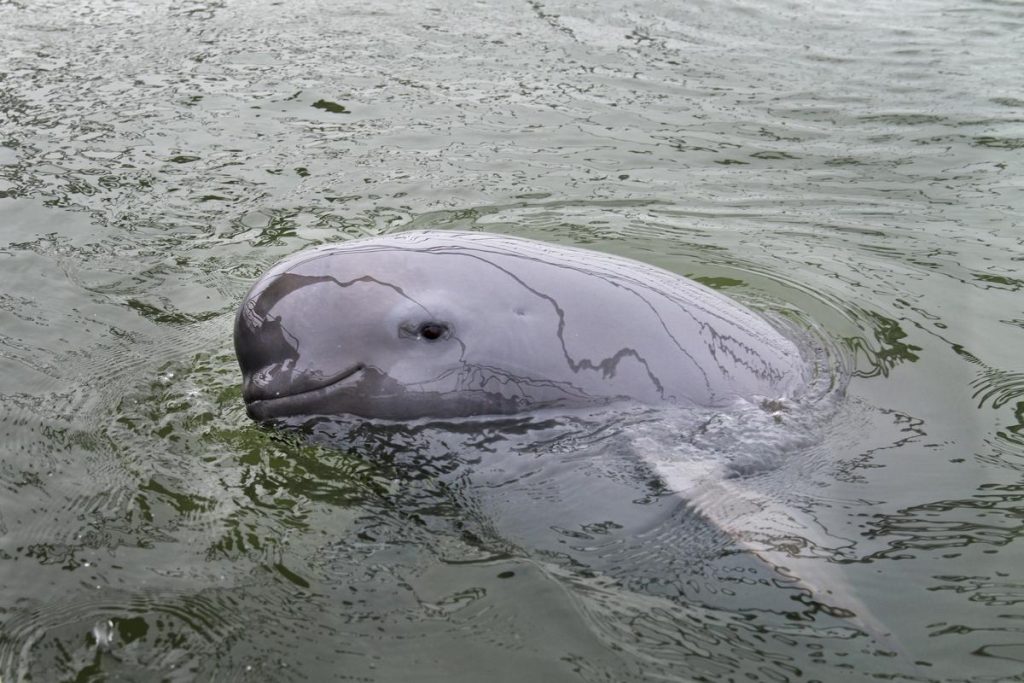There’s new hope for the Yangtze after the Chinese government passed a historic law to boost the health of the world’s third-longest river – following years of work by WWF.
The Yangtze river basin is home to up to 40% of China’s population as well as extraordinary biodiversity, from giant pandas and snow leopards to Yangtze finless porpoises and millions of migratory birds. But large stretches of the river and nearby lakes are in poor health, as outlined in our recent Living Yangtze Report.
The new Yangtze River Conservation Law, which came into force in March 2021, takes a systematic approach to addressing many of the issues facing the Yangtze from source to sea, and includes a number of our recommendations. From restoring wetlands and reconnecting rivers and lakes, to managing sand mining and protecting flagship species, the law offers real hope for a better future.
In more good news, the Chinese government granted the country’s highest level of protection to the critically endangered Yangtze finless porpoise. From now on, anyone caught harming the porpoise will face legal action. Just over 1,000 Yangtze finless porpoises remain in the wild, and the decision is a big boost to our efforts to save this iconic species.

© JUSTIN JIN / WWF-US

